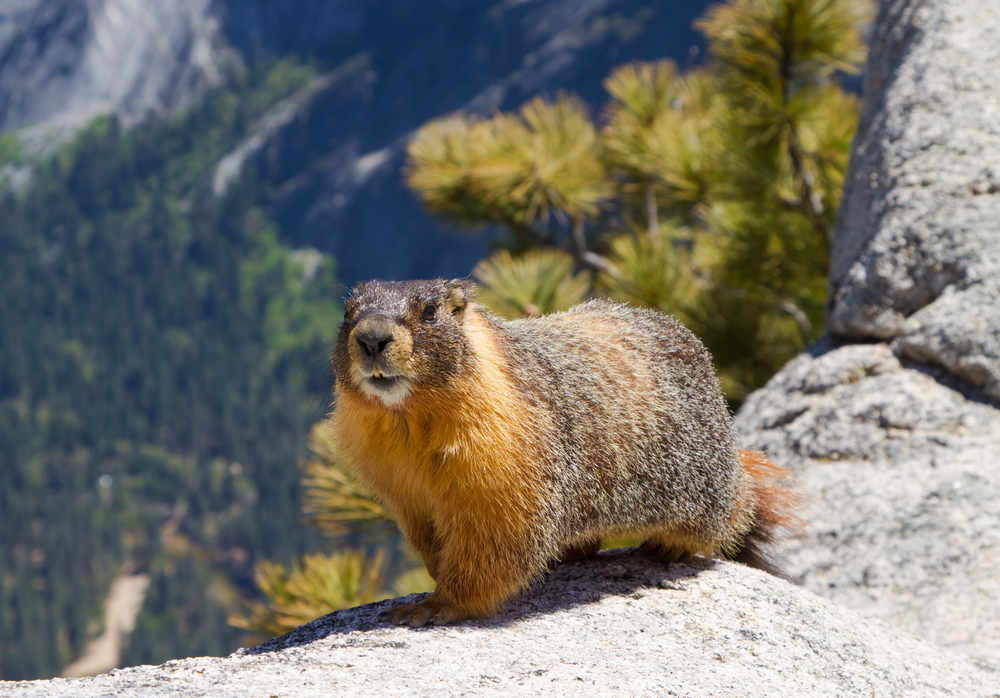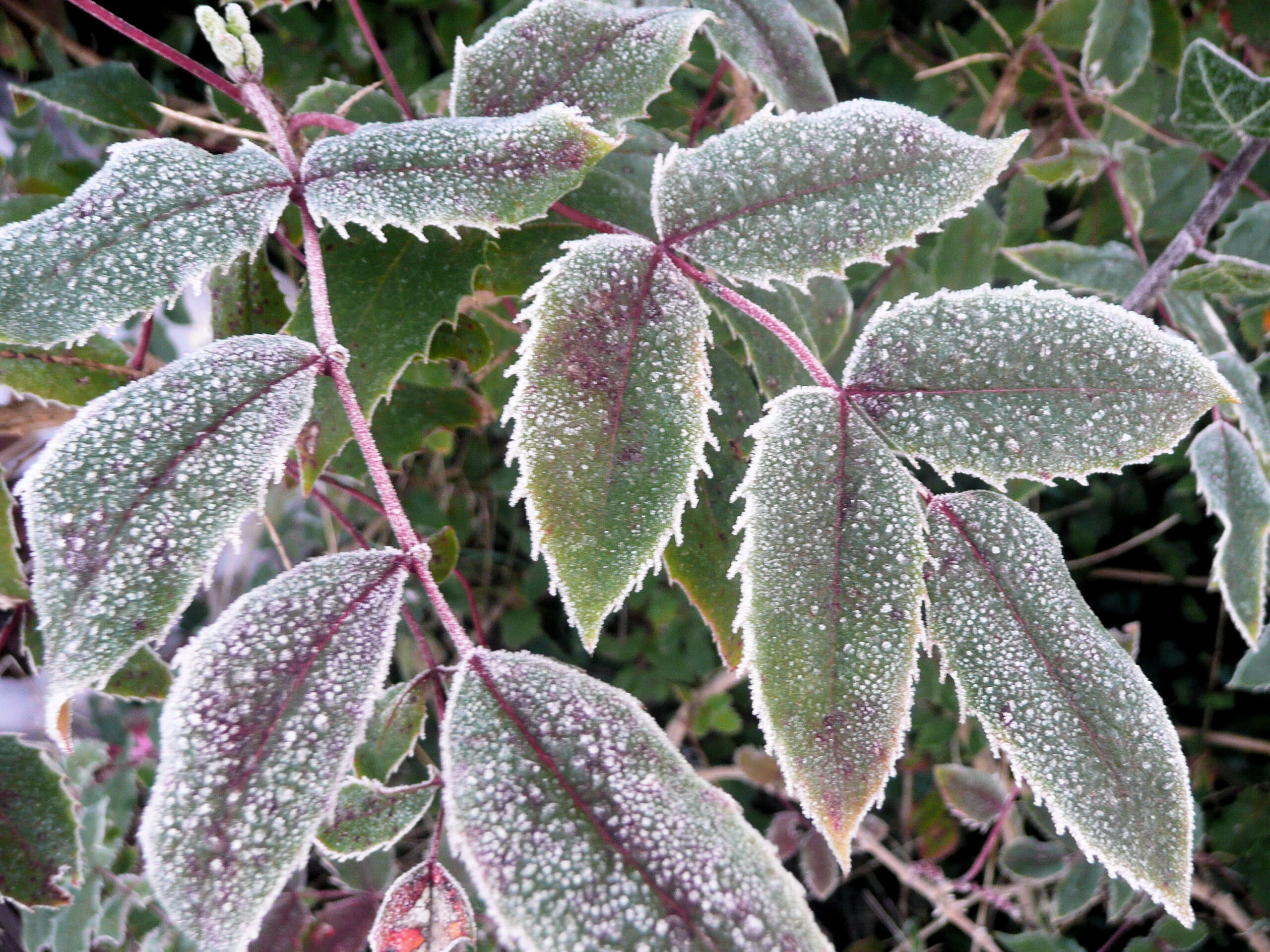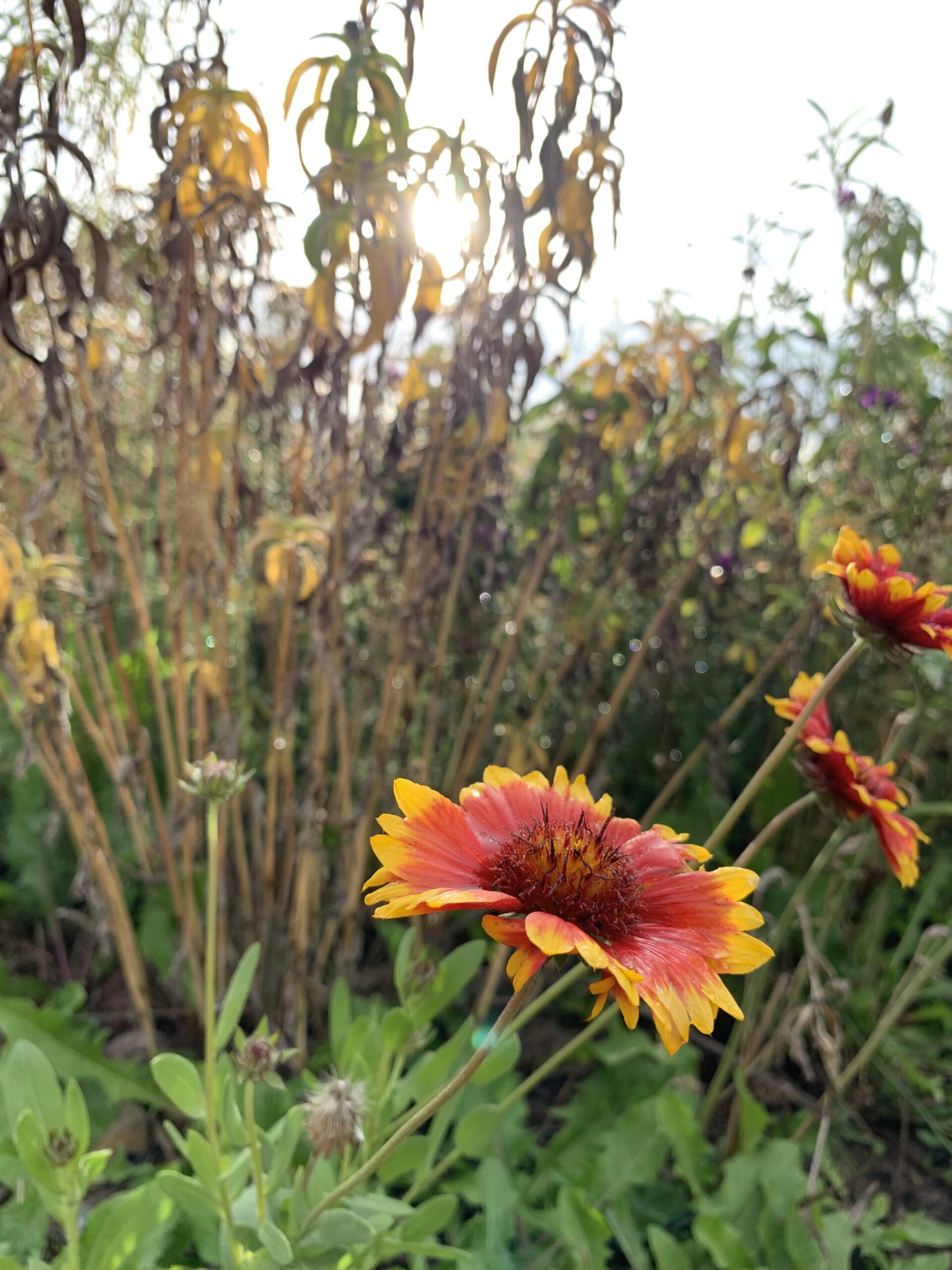By Jessie Walthers, Conservation Program Manager Groundhog Day. Who doesn’t love this most random of…

Leave the Leaves!
In the fall, many people spend time and energy tidying up their garden by raking, mowing, and clearing fallen leaves and other plant litter. While this may seem like the right thing to do to encourage growth in the spring, this annual chore actually deprives your green space of some important benefits.
Leaving those fallen leaves in your garden provides a natural, effective (and free!) mulch. Natural mulch helps suppress weeds, retain moisture, and fertilize the soil as it breaks down. While it may seem as though a layer of leaves would be detrimental to your lawn, research shows that even a thin layer of leaves provides valuable organic matter and contributes nutrients to build up healthy soil. The rest of the leaves can be piled up around ornamental trees, shrubs, and perennials. Some are inclined to shred leaves to be used in compost piles, and while this is a great alternative to the landfill, whole leaves provide the most effective mulching benefits and habitat for beneficial garden critters.
Ever wonder where Montana’s insects go in the winter? Most do not migrate, but overwinter in the landscape as an egg, nymph, pupa, or adult underground or amongst leaf litter on the forest floor. Removing leaf litter removes important wildlife habitat. Fallen leaves provide winter cover to pollinators and other invertebrates including moths, butterflies, snails, spiders, millipedes and more. These critters can provide important services such as pollination, pest control, and soil aeration to your green spaces as they come back to life in the spring.
So, as you prepare your land for winter, don’t haul all of nature’s hard work out to the curb. Do yourself, your garden, and your local wildlife a favor this fall and leave the leaves.



